| |
Please note:
The next scheduled
issue is for parshas Noach.
Sukkah Roofs by Yoninah
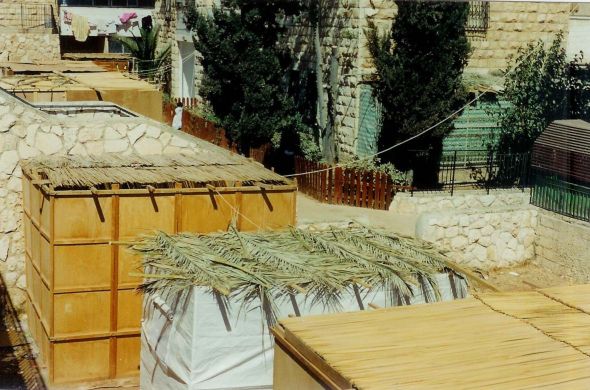
This Google Custom Search looks only
in this website.
Save Animal and Man on Yom Kippur
What will we take with us to Yom Kippur? What justification can we offer in exchange for atonement?
The Ohr HaChaim Hakodosh says: "One of the defenses a person can present in the hope of being acquitted on the Day of Judgment is that he did not sin with a complacent heart." Even though he will be charged and punished for every gram of improper thoughts, still, his judgment will be lighter if he did not commit the sins wholeheartedly (Ki Siso 32 31).
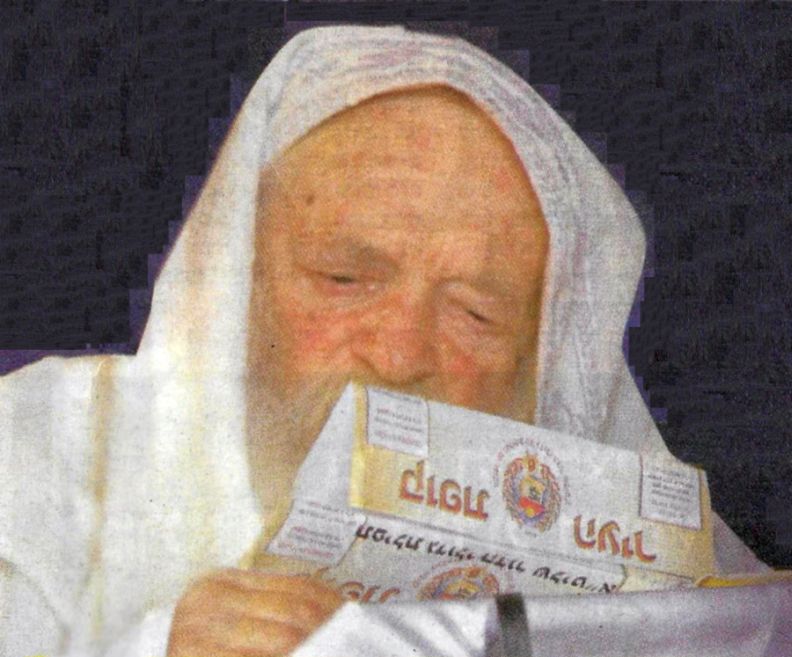
Checking the Esrogim of Morocco
HaRav Efrati, head of the Institute and talmid of HaRav Eliashiv, provides background: "In the Institute for Agricultural Research According to Torah, we dealt with this question. Most Providentially, in 5756, with full rabbinic backing, a delegation set out to Morocco, among whose members was HaRav Aharon Dovid Dunner from London, as well as professional experts on citrus fruit and esrogim, such as Professor A. Goldschmidt. They saw and tested everything there. According to their findings, the places where esrogim are cultivated do not have any question of grafting, for a very simple reason - there is no need for it."
What brought about the expedition which took place in Sivan 5781? Why was the previous trip of 5756 insufficient?
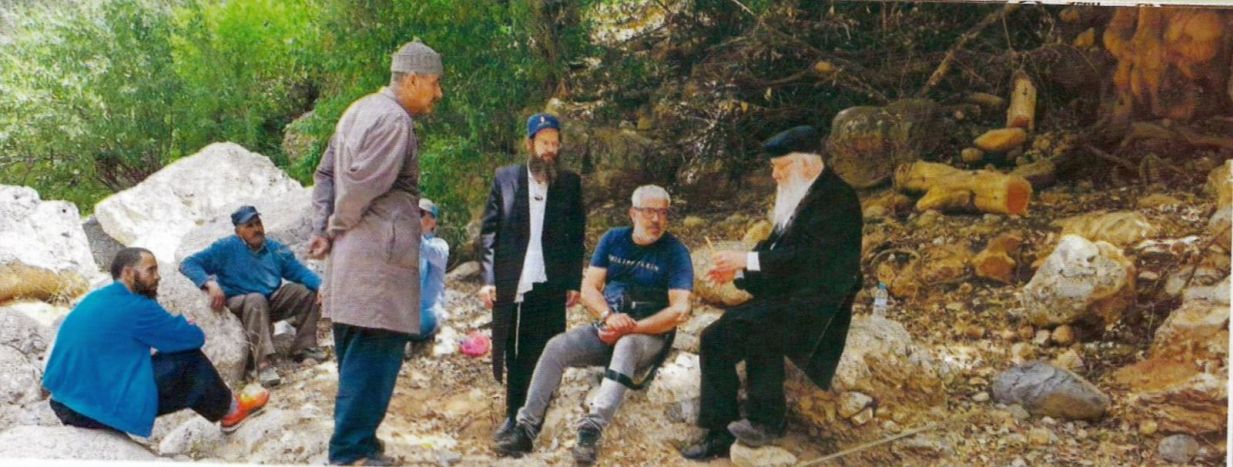
The Great Debate of the Grafted Esrog
This article originally appeared in the paper in 5755 (1994). It is a comprehensive review of the many issues that arose over the centuries about using grafted esrogim. Nowadays it is generally accepted that we do not use such esrogim, and there are various testimonies to their lineage.
Part I
How halachically reliable are the signs for distinguishing between the grafted and non-grafted esrog?—Does aiding the settlement of Eretz Yisroel confer preferred status on the esrogim from that country?—The Rambam's contention that the mitzva of arba minim is to highlight our joy at having left the desert and entered Eretz Yisroel—Can the grafted esrog be invalidated because its cultivation involves transgressing the Torah's prohibition against tree grafting?—Could the esrog and the lemon in fact belong to the same family and grafting them be permitted?—The Ramban's opinion that the Torah identifies the esrog by name—The opinion that permits taking a lemon if no esrog is available—The assertion of the acharonim that an undetectable deficiency in the fruit does not invalidate it—Can a child take a grafted esrog?—What can be done if a grafted esrog becomes mixed with non-grafted esrogim?
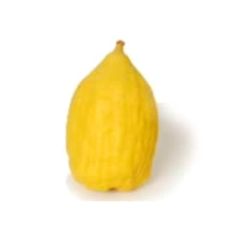
Jewish Organizations Want to Allow State Aid for Religious Schools
Agudath Israel of America, together with a number of other Orthodox Jewish organizations, joined the National Jewish Commission on Law and Public Affairs (COLPA), in filing an "amicus curiae" (friend of the court) brief in the U.S. Supreme Court, urging public funding of secular studies in religious schools.
The case before the High Court, Carson v. Makin, was brought by parents whose children attend religious schools in Maine. Although many private school students in Maine are eligible for state tuition funding, a state law says that the state will not pay tuition for students who attend a religious school - not even for the cost of the secular education portion.
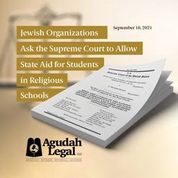
* * *
|
From Our Archives |
|
Pleasure-Seeking and Simchah on Succos
by Mordecai Plaut
If the cultural leadership of the Western World in New York and Hollywood were to organize a Time of Happiness, it would probably take the form of many huge gatherings at which there would be freely available vast quantities of food, intoxicating beverages, public performances of all forms of modern music and entertainment -- and, certainly not least, a relaxing of whatever restraint is left in modern society. All the celebrants would seek to "have a blast" as they sought to overwhelm themselves with whatever carnal pleasure attracts them most strongly.
Zman simchoseinu as organized by the Torah is quite different.
The main commandments of Succos are living in the Succah and taking the four minim: esrog, lulav, hadassim and arovos. These are small, relatively private acts.
|
The Ancient Cemetery of York
by Rav Dov Eliach
The train station in York, located at the main rail junction, served as the starting point for an interesting chain of events that took place 20 years ago. A story filled with revelations of siyata deShmaya from start to finish.
An avreich talmid chochom from Gateshead wanted to accompany his parents on the first leg of their journey home following a visit to him. They lived in Copenhagen and the return trip included a train ride of several hours from Gateshead to Manchester before boarding a boat for Denmark. The son wanted to accompany them all the way to Manchester, but his parents did not want him to travel such a long distance. The son was adamant. "It's bein hazmanim," he said, "and the mitzvah of kibbud av vo'eim does not come my way every day."
Eventually they reached a compromise. He would join them halfway to Manchester, getting off the train at York.
The son, Rav Yisroel Chaim Levine, has since passed away, but before his untimely death he described the scene to us.
|
An Apple for the Teacher
by R. Spitzer
He was the kind of child you noticed in class. Not just once or twice a day: when he wasn't getting your whole attention, you were aware of him subconsciously. Whether you were in the middle of an interesting topic or just plain busy, Yanky was there. Other teachers had warned me about this `bad boy' and they had a point.
What made this boy with the clenched fists and don't-care attitude behave like this? What made him chat while the class was engrossed in an interesting story? What made him start chewing a sandwich during a gemora shiur? And why was he forever complaining?
This seemed to be his main problem. Whatever we happened to be doing or not doing, he found fault with it. What made him tick? His behavior was positively unbearable.
|
The Surface and Beyond
a story by Shira Shatzberg
Although Debby and Devory were cousins of the same age, both named after the same person and both resembling their identical fathers, it was well known that their personalities were as different as summer and winter. The two of them lived in the same city, attended the same school, the same class, yet had virtually nothing to do with one another. Each of them had her own characteristics, her own styles and tastes, and her own circle of friends. Of course, they weren't enemies; they simply had little in common. Each had paved her own path for life and were both uncomfortable when, occasionally, their paths crossed. All their kith and kin (most of whom was mutual to the two of them) were long accustomed to the mere reality. Reality is reality, after all, rigid and clear as that.
|
| |
|
POPULAR
EDITORIALS
These links were fixed, Tammuz 5781
|





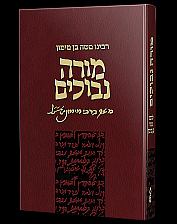
.jpg)




